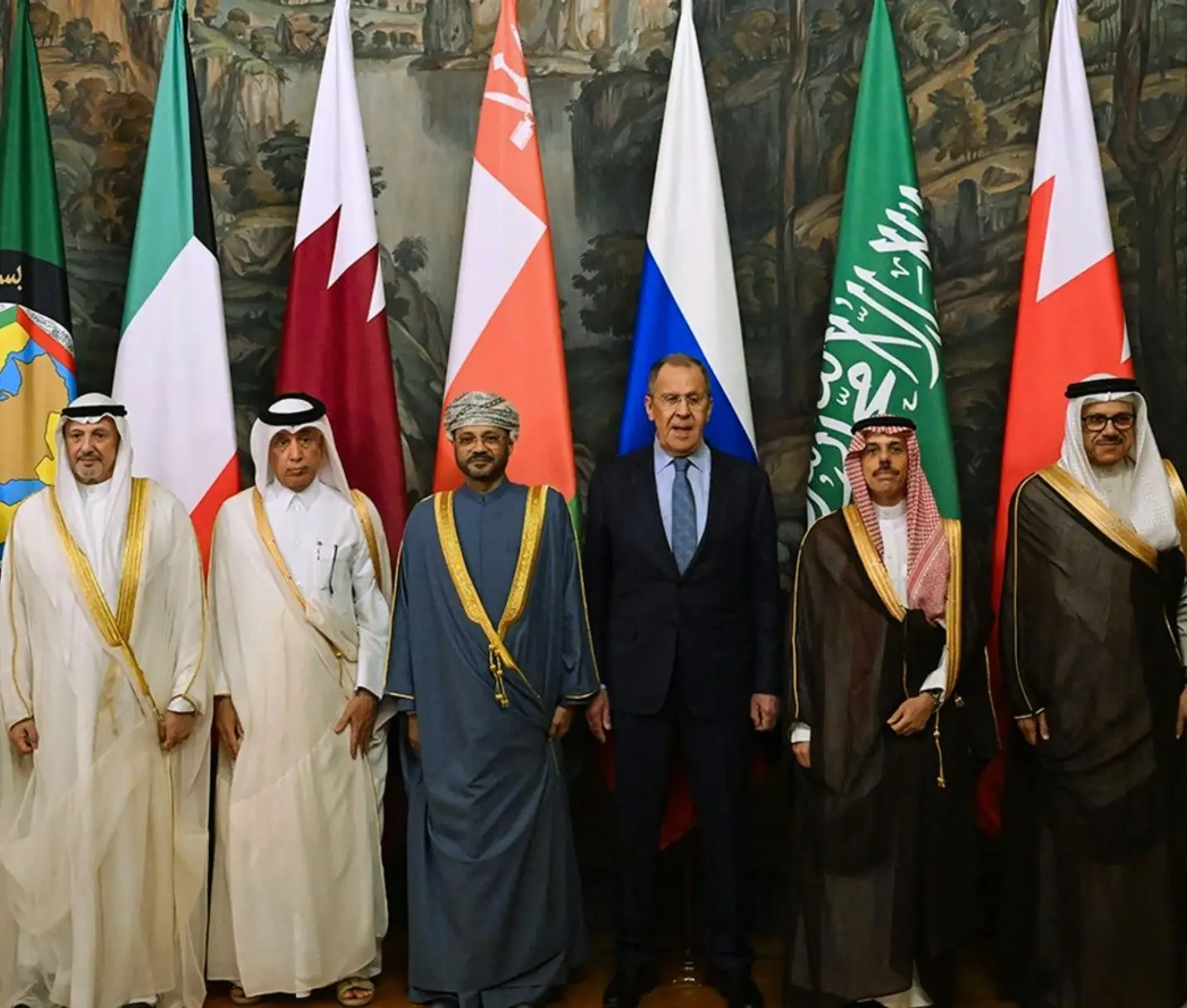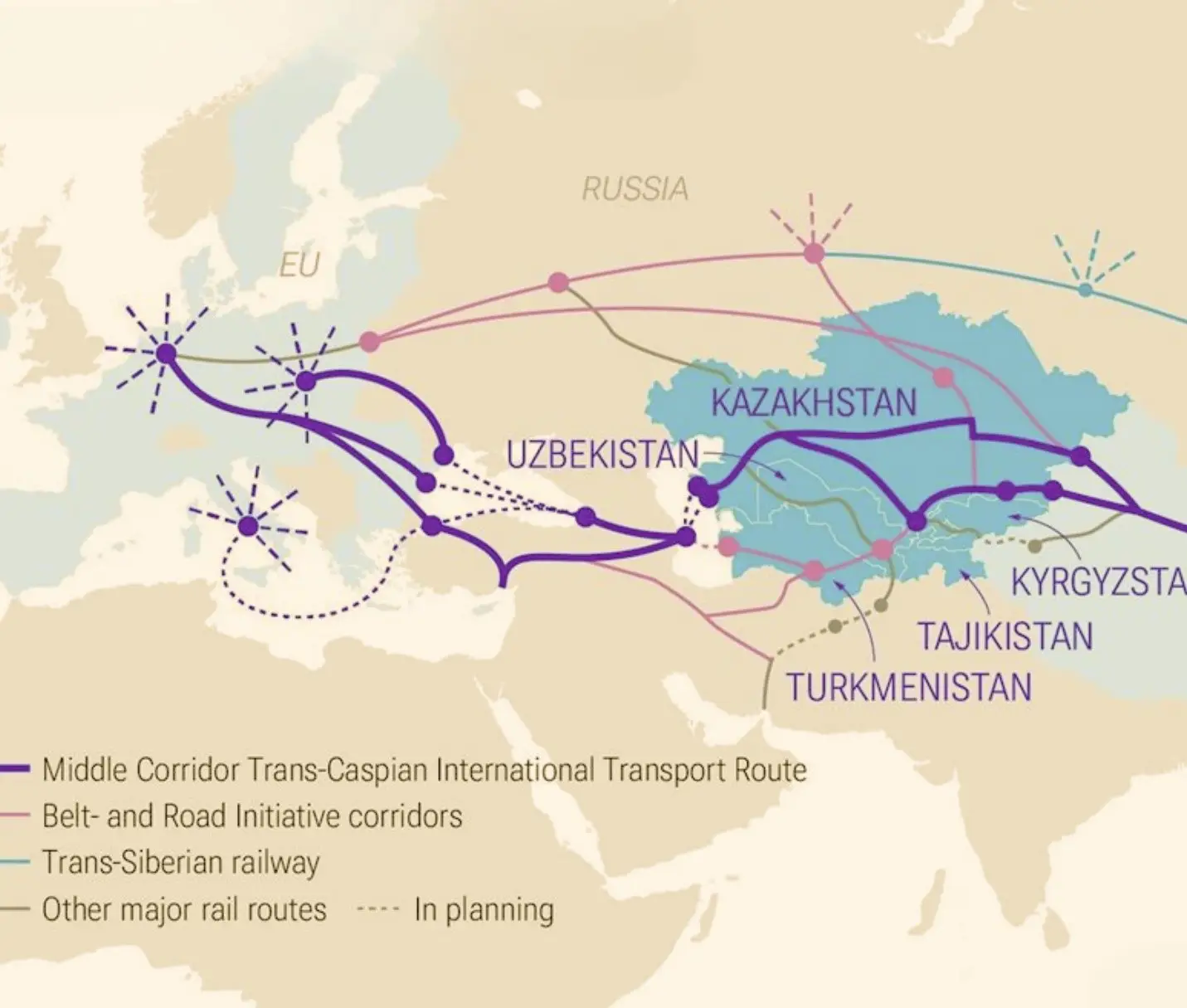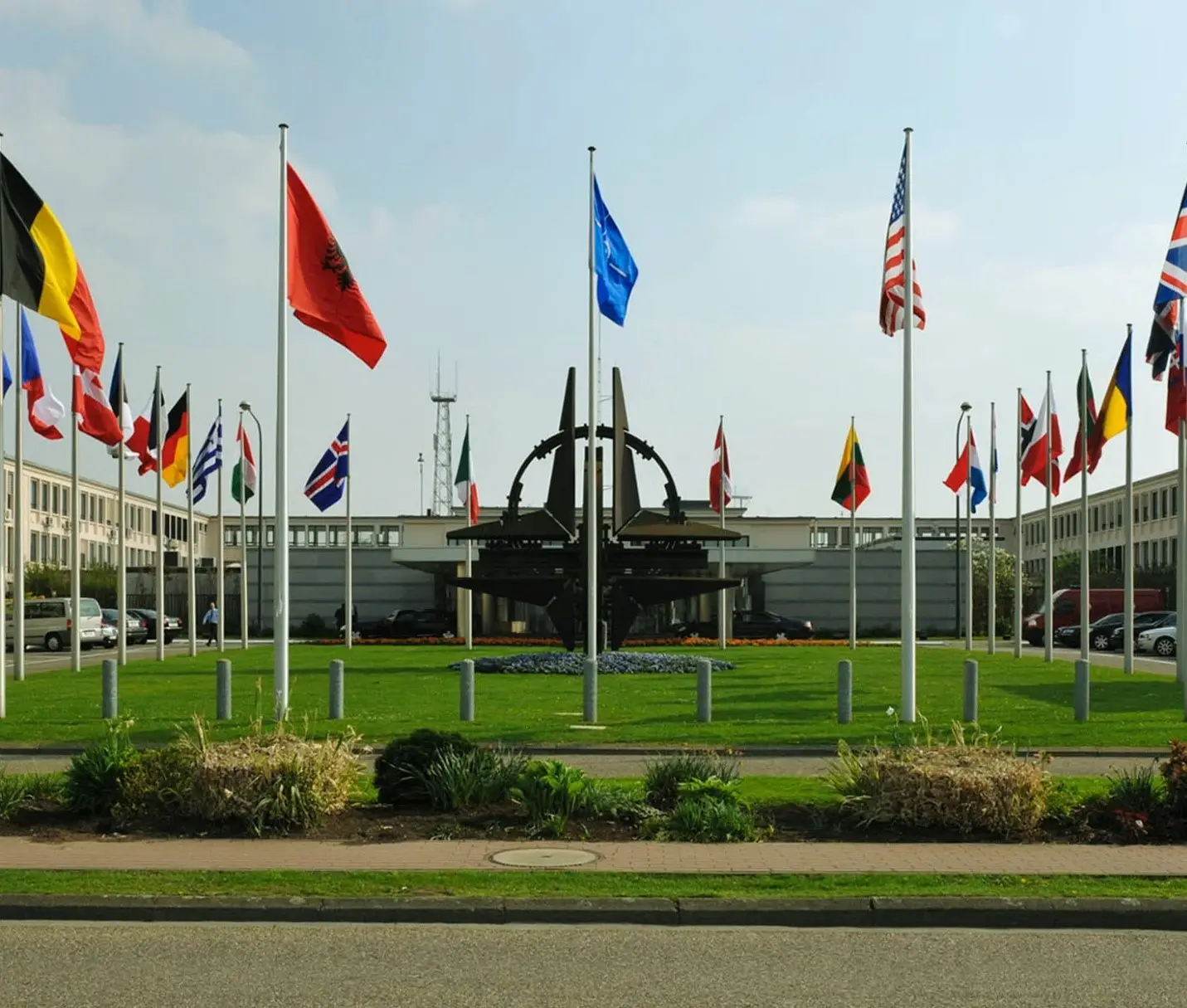Just a few years ago, Russian President Vladimir Putin appeared to have reasserted Moscow’s influence across the Middle East after decades of decline. By cultivating deep ties with Iran and Syria and improving pragmatic relationships with Israel and the Arab monarchies, he positioned Russia as a counterweight to what many regional leaders perceived as Washington’s destabilizing idealism.
This strategy allowed Russia to achieve both influence in the region and dividends closer to home. When Moscow launched its full-scale invasion of Ukraine in 2022, leaders across the Middle East, including Israel, remained largely silent, withholding criticism and refusing to join Western sanctions.
Over the past 20 months, however, Moscow’s standing has deteriorated sharply. Israel’s devastating response to Hamas’s October 7 attacks weakened the Iranian-backed axis of resistance. The Assad regime, long a key Russian client, collapsed. U.S. and Israeli strikes on Iranian nuclear facilities undermined Russia’s most important regional ally. Moscow’s image as a patron and guarantor of security has been shattered. In this new Middle East, Russia is no longer needed.
Strategic Repercussions Beyond the Middle East
Moscow’s retreat carries implications far beyond the region. Whether due to deliberate restraint or incapacity, Russia’s abandonment of its partners reflects its unreliability as an ally. This lesson extends to Beijing: in a moment of crisis, Moscow cannot be counted upon. For Washington, these setbacks highlight a broader truth about Russian foreign policy. The perceived “special relationship” between China and Russia obscures the fact that Moscow is a fair-weather friend. In any U.S.-China confrontation, Russia would most likely remain on the sidelines, as it has with its Middle Eastern partners.
From Post-Soviet Neglect to Assertive Engagement
Following the collapse of the Soviet Union in 1991, Russia receded as a major actor, including in the Middle East. Yeltsin’s government prioritized integration into Western institutions to leave Soviet-era ties with adversaries such as Iran and Syria to wither amid economic turmoil.
This neglect ended under Putin. After the 9/11 attacks, Moscow supported the USA-led campaign in Afghanistan, even facilitating U.S. access to military bases in Central Asia. Although Putin opposed the 2003 invasion of Iraq, he continued cooperation with Washington on nuclear non-proliferation, including joint sanctions on Iran in 2010 and the 2015 Joint Comprehensive Plan of Action.
The Arab Spring as a Turning Point
The Arab uprisings of 2011 shifted Putin’s Middle East approach. While Western leaders celebrated the collapse of autocracies, Putin warned that regime change would create instability and strengthen extremists. His objections to the NATO intervention in Libya characterized the beginning of a policy pivot. Domestic protests in Russia later that year deepened his suspicion of U.S. intentions and hardened his hostility toward American democracy promotion. This ideological turn aligned Putin with regional monarchs who feared similar unrest and allowed Moscow to fill vacuums left by U.S. disengagement in Libya, Egypt, and with Gulf monarchies estranged from Washington.
Strengthened Ties with Autocrats
Putin simultaneously established relations with Israeli Prime Minister Benjamin Netanyahu and autocratic Arab leaders. His pragmatic balancing allowed Russia to maintain channels with both Israel and Iran, while Hamas also drifted into Moscow’s orbit during the Syrian civil war. Russia’s 2015 military intervention in Syria became the hallmark of this engagement. Russian airpower saved Assad from collapse, secured long-term access to Tartus and Khmeimim bases, and projected Moscow as a decisive actor. Moscow offered regional leaders’ stability without lectures on democracy and sold arms widely, including advanced systems to U.S. allies such as Turkey.
Cracks in the Strategy
After Hamas’s October 7, 2023 attack, this careful strategy unraveled. Israeli operations dismantled Hamas and Hezbollah’s capabilities. Putin, offered mediation but no concrete assistance, failed to gain influence. The collapse of Assad’s regime in December 2024 dealt an even greater blow. Putin granted Assad asylum but did nothing to prevent Damascus from falling. The message was clear: Russia would not act to save even its closest client. The June 2025 Israeli-U.S. strikes on Iran’s nuclear facilities further exposed Moscow’s limits. Despite Tehran’s material support for Russia in Ukraine, Putin provided no new military aid.
Regional Backlash and Eroding Trust
In Iran, frustration with Moscow is now openly voiced. Clerics criticize Russia’s failure to honor security commitments, the absence of a mutual defense clause in the 2025 strategic partnership, and delays in delivering S-400 systems. Even IRGC-affiliated media accused Putin of using Iran as bargaining chip with Washington.
In Israel, reliance on Moscow has evaporated. Netanyahu’s interest in Russian mediation has waned as U.S.-Israel ties strengthen. Saudi Arabia, although publicly restrained, has quietly welcomed Iran’s setbacks and has clashed with Russia over oil policy to further undermine Moscow’s influence.
Russia’s unwillingness to defend its closest Middle Eastern partners offers a clear lesson for Beijing. In a potential U.S.-China confrontation, Moscow’s support would likely be limited to energy supplies and rhetorical backing. For the United States, this outcome should end any notion of “peeling” Russia away from China. Russia has demonstrated that it cannot be relied upon, even by long-standing partners.
Inferential Synthesis
Putin’s early success to project Russia as a key actor in the Middle East gave way to a spectacular collapse. Once viewed as a reliable alternative to the United States, Moscow is now seen as absent, indifferent, and strategically irrelevant in the region. For Washington, these failures reaffirm the limits of Russian power and the futility of trying to enlist Moscow as a counterbalance to China.





